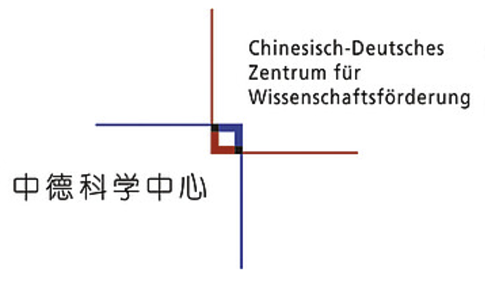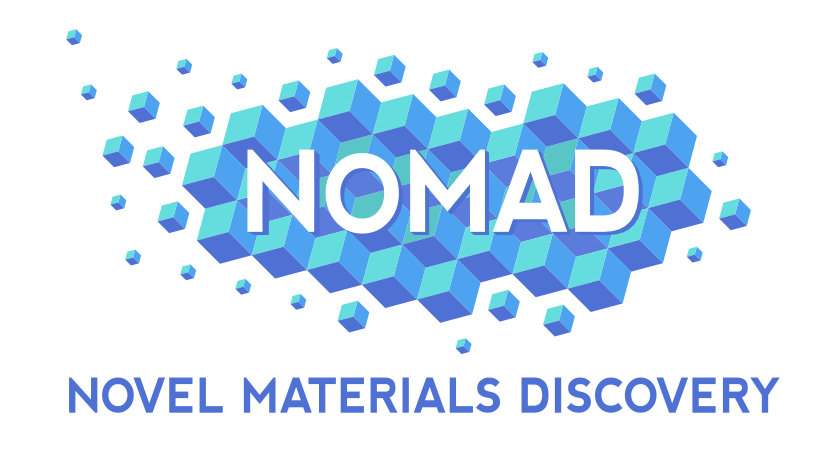Alexandre Tkatchenko
Department of Physics and Materials Science, the University of Luxembourg, Luxembourg
The convergence between accurate quantum-mechanical (QM) models (and codes) with efficient machine learning (ML) methods seem to promise a paradigm shift in molecular simulations. Many challenging applications are now being tackled by increasingly powerful QM/ML methodologies. These include modeling covalent materials, molecules, molecular crystals, surfaces, and even whole proteins in explicit water (https://www.science.org/doi/abs/10.1126/sciadv.adn4397). In this talk, I attempt to provide a reality check on these recent advances and on the developments required to enable fully quantum dynamics of complex functional (bio)molecular systems. Multiple challenges are highlighted that should keep theorists in business for the foreseeable future.
Reference 1. Ensuring the accuracy of high-level QM methods (https://doi.org/10.1038/s41467-021-24119-3; https://doi.org/10.1038/s41586-023-06587-3), 2. Describing intricate QM long-range interactions (https://doi.org/10.1126/sciadv.aax0024; https://doi.org/10.1126/science.aae0509; https://doi.org/10.1103/PhysRevLett.128.106101), 3. Treating quantum electrodynamic effects that become relevant for complex molecules (https://doi.org/10.1021/acs.jpclett.1c04222; https://doi.org/10.1103/PhysRevResearch.4.013011). 4. Developing increasingly accurate, efficient, scalable, and transferable ML architectures for molecules and materials (https://doi.org/10.1038/s41467-022-31093-x; https://arxiv.org/abs/2209.14865; https://arxiv.org/abs/2209.03985). 5. Accounting for the quantum nature of the nuclei and the influence of external environments (https://doi.org/10.1038/s41467-020-20212-1; https://doi.org/10.1038/s41467-022-28461-y).I argue that only a conjunction of all these developments will enable the long-held dream of fully quantum (bio)molecular simulations.
Dr. Runhai Ouyang (DCTMD2024@163.com)












